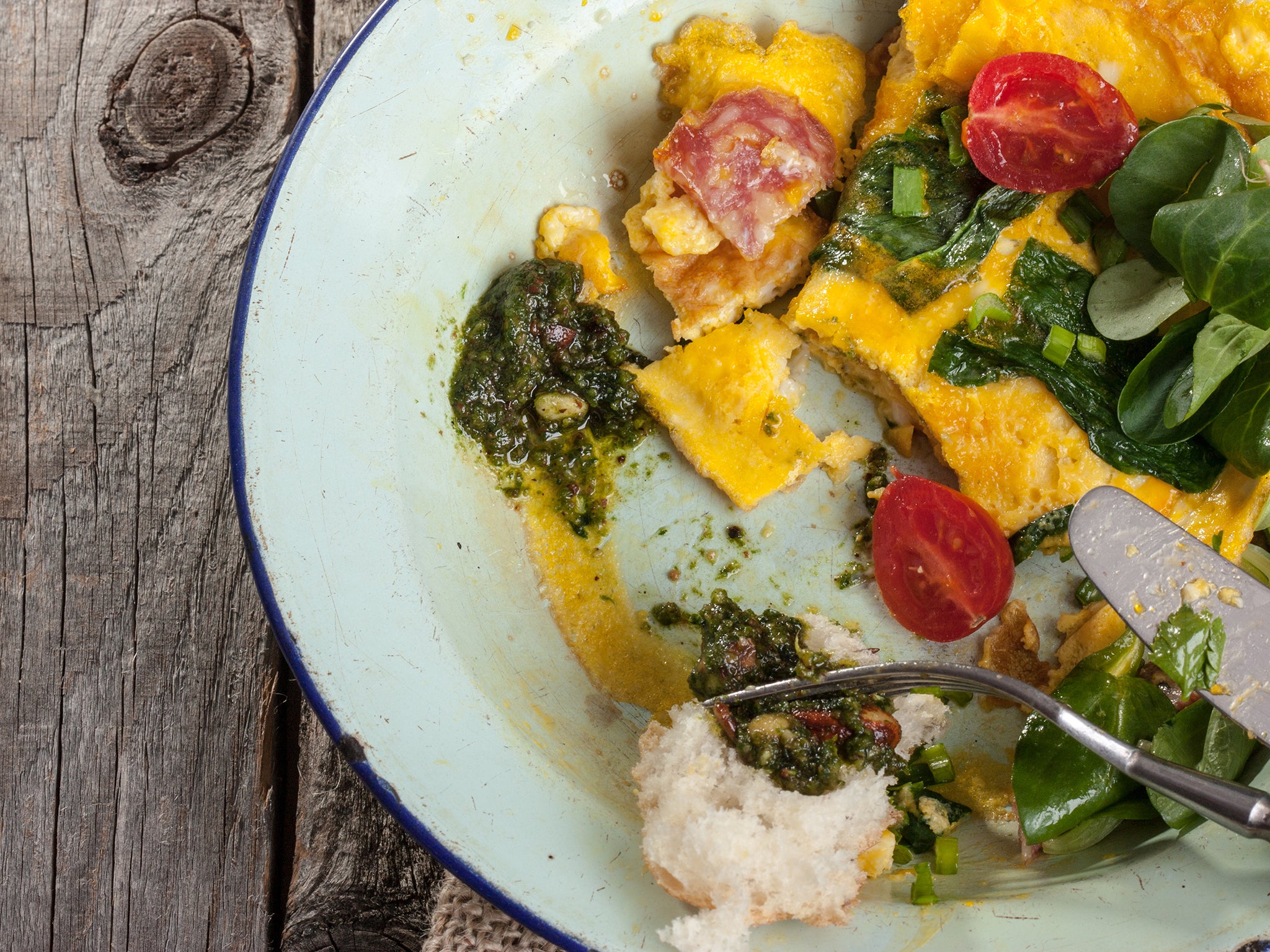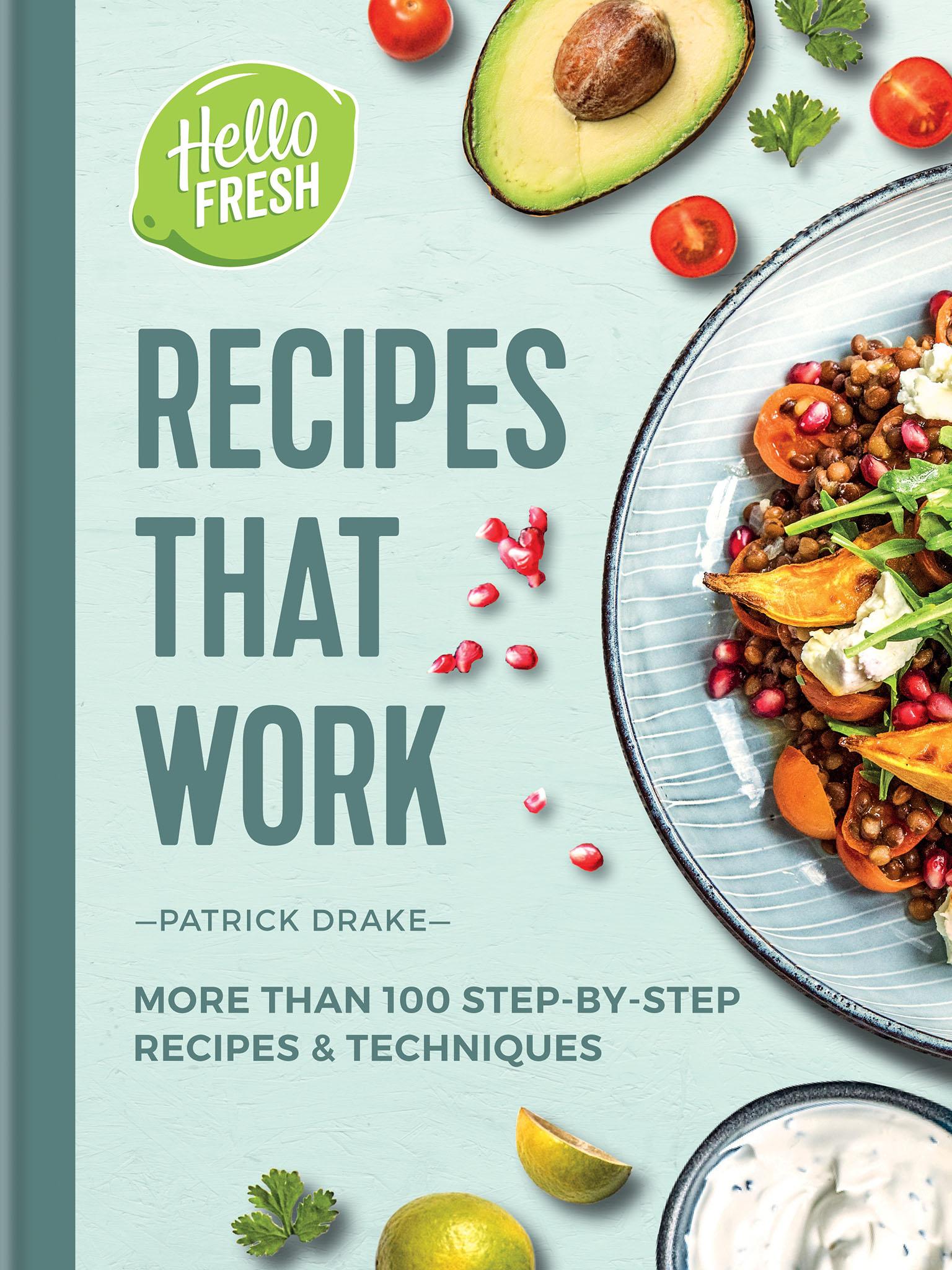How to prevent food waste at home: From storage solutions to perfect portions
From buying only what you need to freezing what you don’t, HelloFresh founder Patrick Drake sets out six simple steps to help you prevent unnecessarily wasting food at home

Your support helps us to tell the story
From reproductive rights to climate change to Big Tech, The Independent is on the ground when the story is developing. Whether it's investigating the financials of Elon Musk's pro-Trump PAC or producing our latest documentary, 'The A Word', which shines a light on the American women fighting for reproductive rights, we know how important it is to parse out the facts from the messaging.
At such a critical moment in US history, we need reporters on the ground. Your donation allows us to keep sending journalists to speak to both sides of the story.
The Independent is trusted by Americans across the entire political spectrum. And unlike many other quality news outlets, we choose not to lock Americans out of our reporting and analysis with paywalls. We believe quality journalism should be available to everyone, paid for by those who can afford it.
Your support makes all the difference.Food waste has become a buzzword, and many companies are doing the hard work for us by measuring out the exact ingredients you need for a set amount of recipes, and, best of all, delivering to our front doors.
If you only need one teaspoon of smoked paprika, no problem, that’s all we’ll send. Your recipe calls for two carrots? You won’t be sent four. The best bit about this way of doing things is how much food waste we’re cutting down.
There’s also a bunch of simple things you can do at home that’ll help cut down on throwing food out. The upside? A clear conscience and a healthier bank balance.
Only buy what you need
Whenever possible, buy the exact amount of ingredients you need for a recipe. Try to find shops where you can buy single carrots, potatoes, onions and other fresh produce instead of using large packets. You’ll be amazed how this step alone cuts back on kilos of chucked-out veggies.
Freeze
Sometimes buying in bulk makes sense from a cost perspective, but there’s always the risk you won’t use everything before it goes off. If you’re buying packets of freezable ingredients (like meat) and you’re not using everything that week, stick the excess in freezer bags, label it with the date and freeze it until you need it.
Bread is another great contender, as you can stick it straight in the toaster or just defrost it for a few hours before you need to use it. Even things like spinach and soft fruits (eg overripe bananas) can be frozen and then whizzed up to make delicious smoothies.
First in, first out
Have you ever taken something out of the fridge and been unsure whether it had gone off or not, so decided to put it back in the fridge until you really know it’s gone off? Don’t worry, you’re not the only one! The best way to arrange your fridge (and your cupboards) is by bringing the oldest items to the front and putting the newer ones to the back. That way you’ll see the older stuff first and hopefully use it in time.
Storage
When you’re putting things like dairy, cooked foods and meat in the fridge, be sure to wrap them up tightly in clingfilm or in an airtight plastic box. Half-eaten tins of food should be emptied into a bowl and wrapped.
For dry items, like pasta, flour, spices and nuts, get yourself a bunch of glass jars with those rubber seals and clip lids. They’ll keep things fresh for longer, and if you use one of those old-fashioned label guns to name each one, they’ll look pretty great too.
Get frittata-ing

Spanish omelettes, frittatas, bubble’n’squeak; whichever country you visit there’s usually a local dish that revamps their leftovers. To cook a frittata take leftover cooked veggies and meat, mix it up with a few whisked eggs and then fry it off on both sides in your frying pan. Perfect with that half bag of salad you weren’t sure how to use up.
The perfect portion
Just because a packet of rice or pasta comes in a particular size, it doesn’t mean that it’s the right amount for your meal. Keep an eye on what you’re throwing away after meals and pretty soon you’ll get a sense of how to adjust your portions to a size where there are no more leftovers.

That said, if the leftovers are something that can be eaten the next day for lunch or a revamped dinner, everyone’s a winner.
Preventing food waste feels like a small daily victory and there’s lots of information out there on composting, pickling, how to best store different foods and much more besides.
‘HelloFresh Recipes That Work’ by Patrick Drake (Mitchell Beazley, £20) is out now. For more tips visit lovefoodhatewaste.com
Join our commenting forum
Join thought-provoking conversations, follow other Independent readers and see their replies
Comments